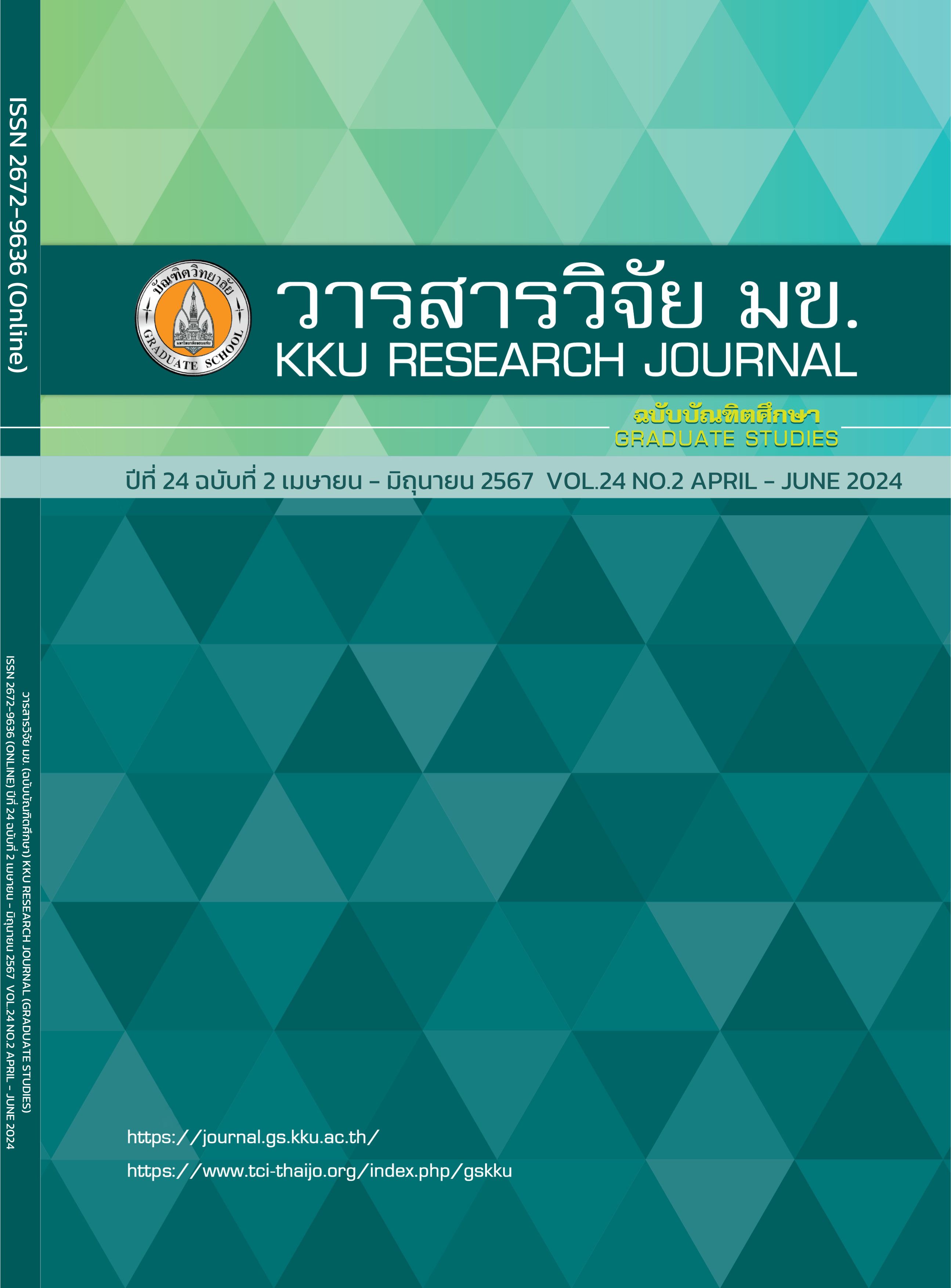Fe3O4-Activated Carbon Composites as a Pt-free Counter Electrode Materials for Dye-Sensitized Solar Cell
Keywords:
DSSC, Fe3O4-AC composite, CEAbstract
Solar energy is a renewable alternative that is favorable to the environment. Due to their lower manufacturing costs than silicon solar cells, dye-sensitized solar cells (DSSC) have attracted attention. This study aimed to determine the efficiency of DSSC using activated carbon (AC) composite material combined with magnetite (Fe3O4) as the counter electrode (CE). Co-precipitation was used to synthesize magnetite, which was then mixed with AC in a 1:1 weight ratio. The material was characterized using XRD, SEM/EDX, BET, FTIR, and UV-VIS. It has been observed that synthesized magnetite has the ability to absorb both ultraviolet and visible light with a band gap energy of 2.23 eV. Using an activated carbon composite with magnetite composite (Fe3O4-AC) as a CE resulted in a cell efficiency of 2.32%, which was higher than when platinum (Pt) was used, which resulted in only 2.20%. Because it is inexpensive and simple to synthesize, activated carbon composite material with magnetite can serve as a substitute for Pt. It can be further developed to alter the ratio of Fe3O4 to AC to improve DSSC performance.
References
Karim NA, Mehmood U, Zahid HF, Asif T. Nanostructured photoanode and counter electrode materials for efficient Dye-Sensitized Solar Cells (DSSCs). Solar Energy. 2019 Jun 1;185: 165-188.
Kumar DK, Kříž J, Bennett N, Chen B, Upadhayaya H, Reddy KR, Sadhu V. Functionalized metal oxide nanoparticles for efficient dye-sensitized solar cells (DSSCs): A review. Materials Science for Energy Technologies. 2020 Jan 1;3: 472-481.
Alizadeh A, Roudgar-Amoli M, Bonyad-Shekalgourabi SM, Shariatinia Z, Mahmoudi M, Saadat F. Dye sensitized solar cells go beyond using perovskite and spinel inorganic materials: A review. Renewable and Sustainable Energy Reviews. 2022 Apr 1;157: 112047.
Saehana S. Small Scale DSSC Panels Design and Its Performance. InJournal of Physics: Conference Series 2018 Sep 1 (Vol. 1093, No. 1, p. 012034). IOP Publishing.
Xu H, Zhu G, Jin Z. Electron migration optimization through nanostructural control of hierarchical Fe3O4 based counter electrodes for high-performance dye-sensitized solar cells. Journal of Electroanalytical Chemistry. 2020 Jul 15;869: 114214.
Channei D, Inceesungvorn B, Wetchakun N, Phanichphant S. Synthesis of Fe3O4/SiO2/CeO2 core–shell magnetic and their application as photocatalyst. Journal of nanoscience and nanotechnology. 2014 Oct 1;14(10): 7756-7762.
Wang W, Yao J, Li G. Dual-functional Fe3O4@ N-rGO catalyst as counter electrode with high performance in dye-sensitized solar cells. Journal of Electroanalytical Chemistry. 2018 Aug 15;823:261-268.
Yoon CH, Chul SK, Ko HH, Yi S, Jeong SH. Enhanced performance of dye-sensitized solar cells with activated carbons. J Nanosci Nanotechnol. 2013 Dec;13(12): 7875-7879.
Loryuenyong V, Buasri A, Lerdvilainarit P, Manachevakulm K, Sompong S. Production of graphitic carbon-based nanocomposites from K2CO3-activated coconut shells as counter electrodes for dye-sensitized solar-cell applications. Journal of the Korean Physical Society. 2016 Jan;68: 317-322.
Kumarasinghe KD, Kumara GR, Rajapakse RM, Liyanage DN, Tennakone K. Activated coconut shell charcoal based counter electrode for dye-sensitized solar cells. Organic electronics. 2019 Aug 1;71: 93-97.
Mehmood U, Aslam HZ, Al-Sulaiman FA, Al-Ahmed A, Ahmed S, Malik MI, Younas M. Electrochemical impedance spectroscopy and photovoltaic analyses of dye-sensitized solar cells based on carbon/TiO2 composite counter electrode. Journal of The Electrochemical Society. 2016 Feb 17;163(5):H339.
Bagavathi M, Ramar A, Saraswathi R. Fe3O4–carbon black nanocomposite as a highly efficient counter electrode material for dye-sensitized solar cell. Ceramics International. 2016 Aug 15;42(11): 13190-13198.
Qureshi AA, Javed S, Javed HM, Akram A, Jamshaid M, Shaheen A. Strategic design of Cu/TiO2-based photoanode and rGO-Fe3O4-based counter electrode for optimized plasmonic dye-sensitized solar cells. Optical Materials. 2020 Nov 1;109:110267.
Dhumal J, Bandgar S, Zipare K, Shahane G. Fe3O4 ferrofluid nanoparticles: synthesis and rheological behavior. Int J Mater Chem Phys. 2015 Oct;1: 141-145.
Abadiah NM, Yuliantika D, Hariyanto YA, Saputro RE, Taufiq A, Soontaranoon S. Nanostructure, band gap, and antibacterial activity of spinel Fe2MO4/OO magnetic fluids. In IOP Conference Series: Earth and Environmental Science 2019 May 1 (Vol. 276, No. 1, p. 012064). IOP Publishing.
Sivapatarnkun J, Aiempanakit K, Pudwat S. Effects of active area on UV detection by TiO2-sputtered films. Materials Today: Proceedings. 2021 Jan 1;47: 3487-3491.
Downloads
Published
Issue
Section
License
Copyright (c) 2024 KKU Research Journal (Graduate Studies)

This work is licensed under a Creative Commons Attribution-NonCommercial-NoDerivatives 4.0 International License.



